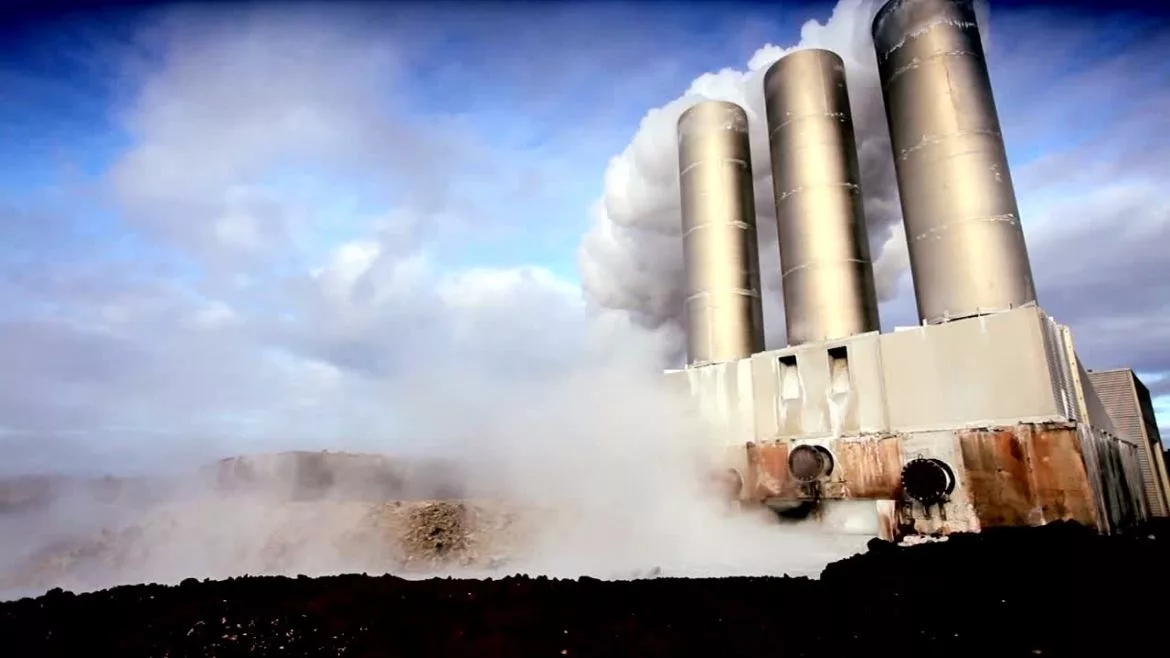News
Harnessing Earth's Heat: A $60 Million Leap Towards Geothermal Energy
DOE's $60M investment propels geothermal energy projects to tap Earth's heat for clean power.

As the world races to find sustainable solutions to the looming energy crisis, the U.S. Department of Energy (DOE) has placed a significant bet on geothermal energy, committing $60 million to unlock the power beneath our feet. This investment targets the development and demonstration of enhanced geothermal systems (EGS), a venture poised to transform how we access and utilize the Earth's subterranean heat.
Pioneering Projects to Light Up the Future
The DOE's recent funding initiative champions three pioneering projects, each tasked with overcoming the technical challenges of tapping into the Earth's vast geothermal reserves. Chevron New Energies, Fervo Energy, and Mazama Energy stand at the forefront of this venture, each embarking on ambitious pilot projects designed to showcase the feasibility and scalability of EGS technologies.
Chevron's venture in California's Sonoma County seeks to refine drilling and stimulation techniques, allowing for efficient access to geothermal energy in established fields. Fervo Energy's project, nestled within Utah's Milford Renewable Energy Corridor, aims to harness at least 8 megawatts of power from three innovative wells. Meanwhile, Mazama Energy's endeavors focus on mastering the operation under extreme heat conditions, a critical step towards widespread geothermal deployment.
A Future Powered by the Earth's Core
The DOE's investment underscores geothermal energy's potential to revolutionize the American energy landscape. Currently contributing four gigawatts to the national grid, geothermal resources hold the promise of supplying up to 90 gigawatts by 2050. Such a monumental leap could power over 65 million homes, steering the nation towards its ambitious goal of a carbon-neutral grid by 2035.
Beyond electricity generation, geothermal energy offers sustainable solutions for residential heating, presenting a cleaner alternative to fossil fuels. The adverse health impacts associated with traditional energy sources, from respiratory disorders to exacerbated climate change effects, underscore the urgent need for cleaner, more renewable energy forms.
The Global Geothermal Renaissance
The DOE's initiative is part of a broader global resurgence in geothermal interest. Innovations around the globe, from Iceland's exploratory tunnels into magma chambers to undersea geothermal ventures, reflect the growing recognition of this untapped energy source's potential.
U.S. Secretary of Energy Jennifer M. Granholm heralds this investment as a pivotal moment for geothermal energy, promising to expand its reach to previously untapped American regions. As these projects proceed, the DOE's vision of leveraging the "heat beneath our feet" comes closer to reality, marking a significant step towards a sustainable energy future.
The DOE's commitment to geothermal energy not only promises a greener grid but also heralds economic growth through job creation and energy security. As the drilling industry watches these developments, the call to action is clear: the future of energy lies not just in the wind or sun, but also in the boundless, clean power waiting deep beneath the Earth's surface.
Looking for a reprint of this article?
From high-res PDFs to custom plaques, order your copy today!







